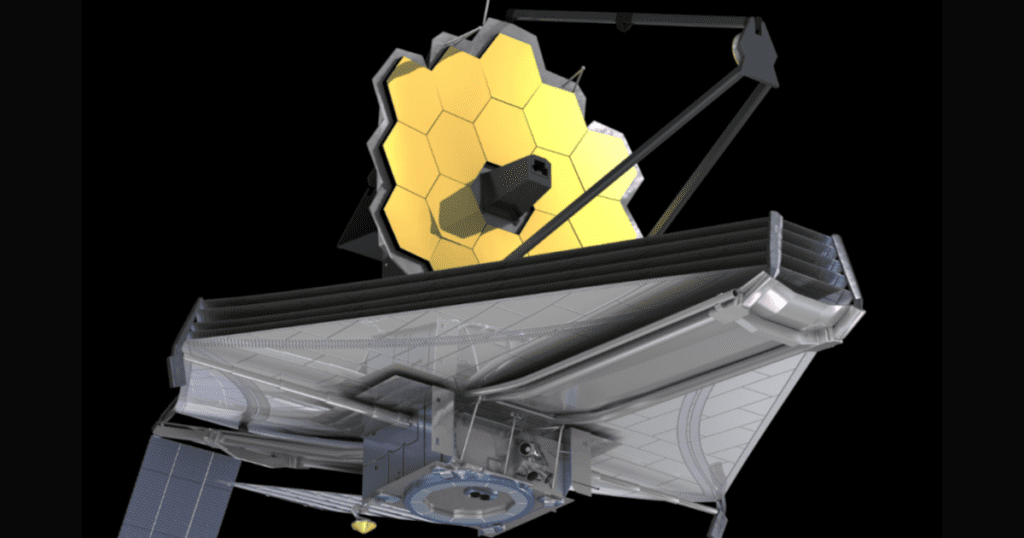Future, Past, and Present: A Science Fiction Parable

How far can you see?
For a six-foot-tall person, the horizon is a little more than 3 miles away. On Mount Everest, the horizon is about 230 miles away.
The crew of Apollo 17 allowed us to see ourselves from 18,000 miles. I am still trying to wrap my thoughts around the Webb telescope allowing us to “see” objects 28 BILLION light years away.
We see so little of God’s creation! Yet we still think of our world as the center of creation, our culture as the model for all cultures.
We still tend to see ourselves, our countries, and time as the center of the universe and history.
Using a science fiction parable, this Vincentian Mindwalk explores the vastness of God’s creation to provide perspective on our past and present.
Imagining future possibilities – a parable
In the tradition of Star Trek and Star Wars, let’s imagine a future when we might come face to face with intelligent life forms who think themselves superior to us.
These super-evolved time-travelers observe our life forms. But we matter little to them since they have superior intelligence. We are merely part of the flora and fauna. So they decide to “colonize” this speck we call home and use it for their own purposes.
They use it for their own purposes. In the process, they take our land, relegate us to “reservations,” and take steps to wipe out our culture. Some, with sincere good intentions, might try to “educate” us. They put us in residential schools to learn how to be like them.
This is not a pretty picture. They are oblivious to our suffering and pain. Yet they see themselves as the center of the universe.
Past as prologue
Now for some actual history!
Indigenous people have inhabited present-day Canada for thousands of years. Then, Europeans, mainly from France and England, arrived in the 1500s.
Pope Nicholas V promulgated the “Doctrine of Discovery” in 1455. It claimed that land was nothing until ‘discovered’, named, and occupied by Christians.
Between the mid-fifteenth century and the mid-twentieth century, this idea allowed European entities to seize lands inhabited by indigenous peoples under the guise of “discovering new land” not inhabited by Christians
While the doctrine of discovery might be considered obsolete by some, it continues to have implications today for Indigenous communities. For example, since 1823 it has been used by the U.S. Supreme Court to deny Indigenous Peoples’ land petitions.
Back to the Present
Canadian Archbishop Lavoie, a close friend of the St. Vincent DePaul Society in Canada, writes
… trauma is not about what happened to us – it is about what happens inside us as a result of what happened to us. Part of that trauma is the isolation of victims who can’t talk about what happened to them, and to thousands of other victims of that trauma.
The feeling I have is that we are on the cusp of a huge learning curve, just beginning to wake up to the magnitude of the trauma inflicted upon generations of Indigenous by the colonial residential school system.
“All of us, as Church, now need healing: healing from the temptation of closing in on ourselves, of defending the institution rather than seeking the truth, of preferring worldly power to serving the Gospel,”
In times past, Jesus cried out, “Let those who have ears hear.” He still calls out today. Today Jesus still calls out, “Let those who have ears hear.”
How far can we see and deeply hear?
Do we have ears to hear our brothers and sisters, not only in Canada but also in many other parts of our world?
Originally posted on Vincentian Mindwalk
Tags:







0 Comments